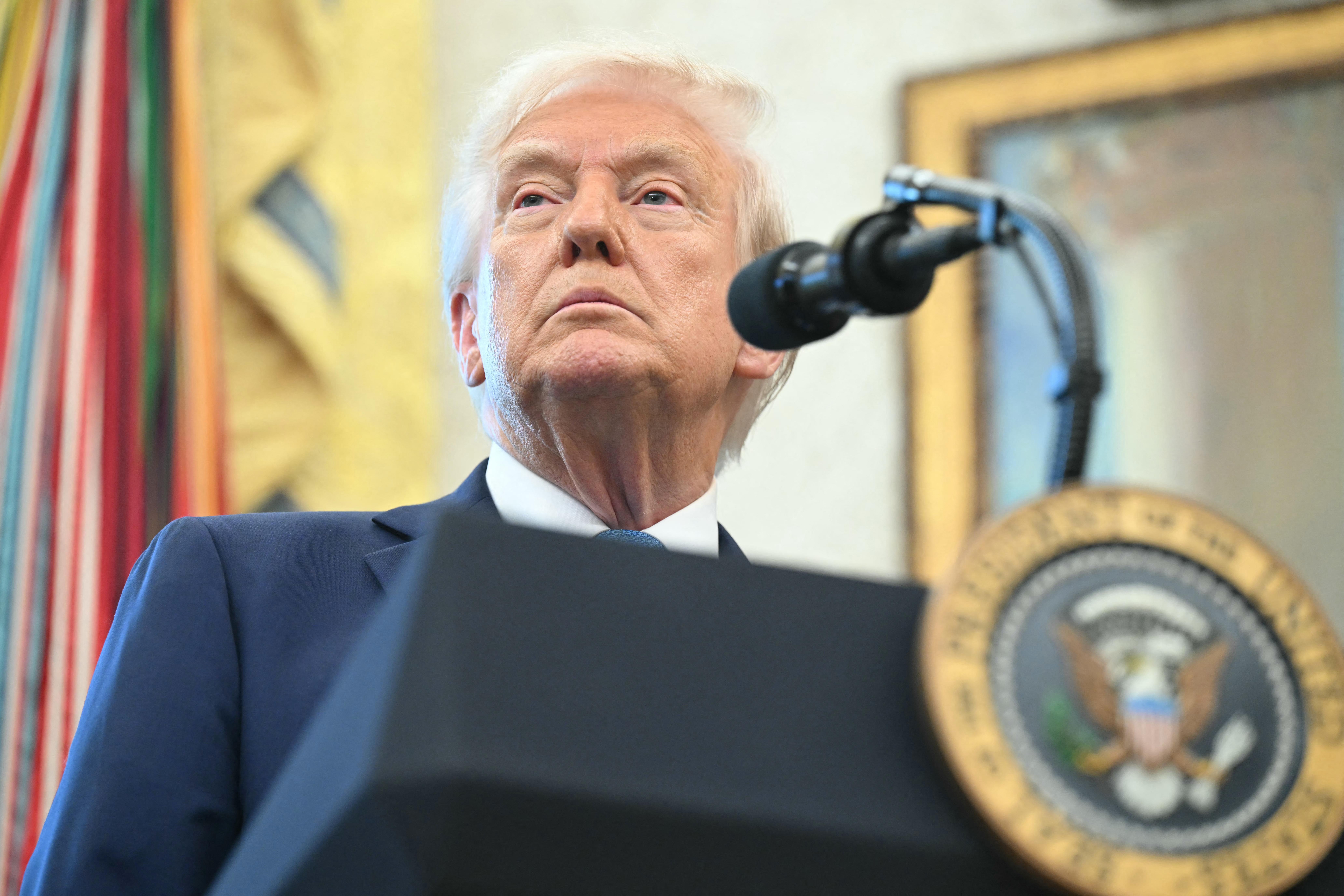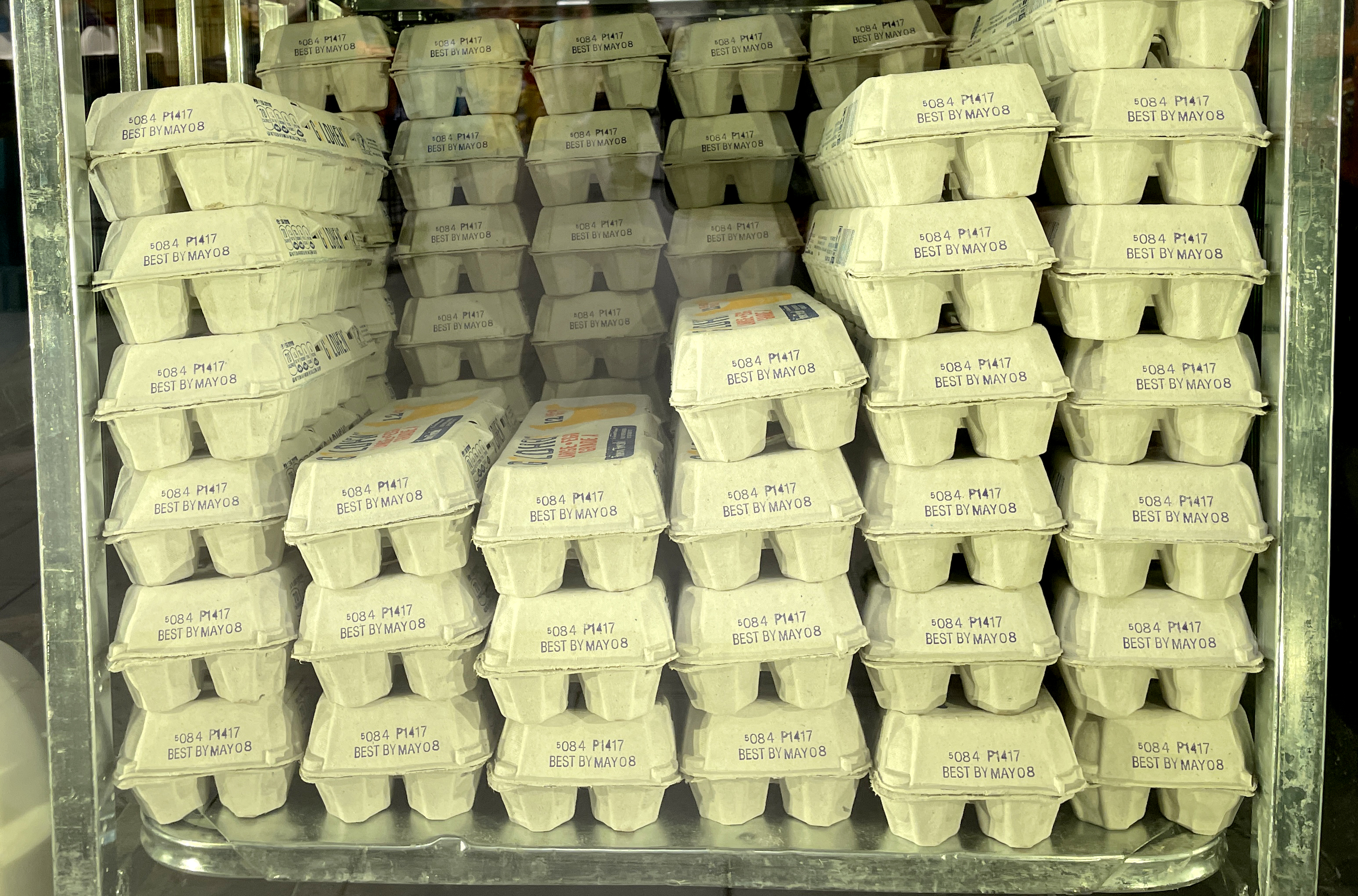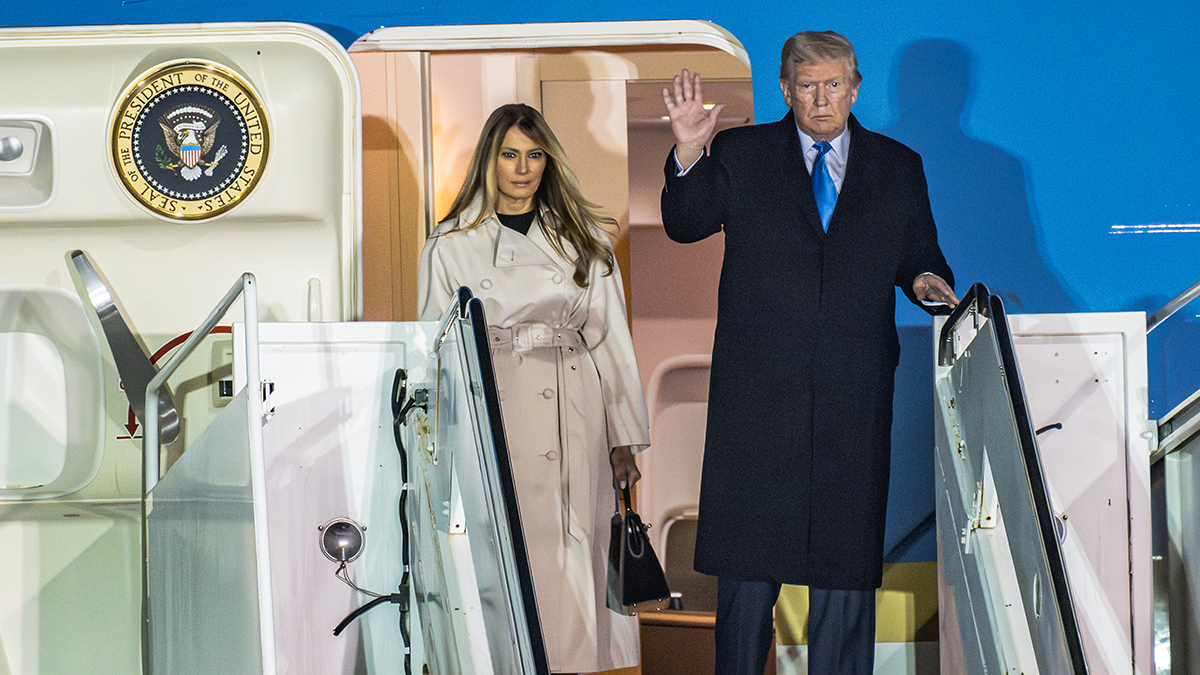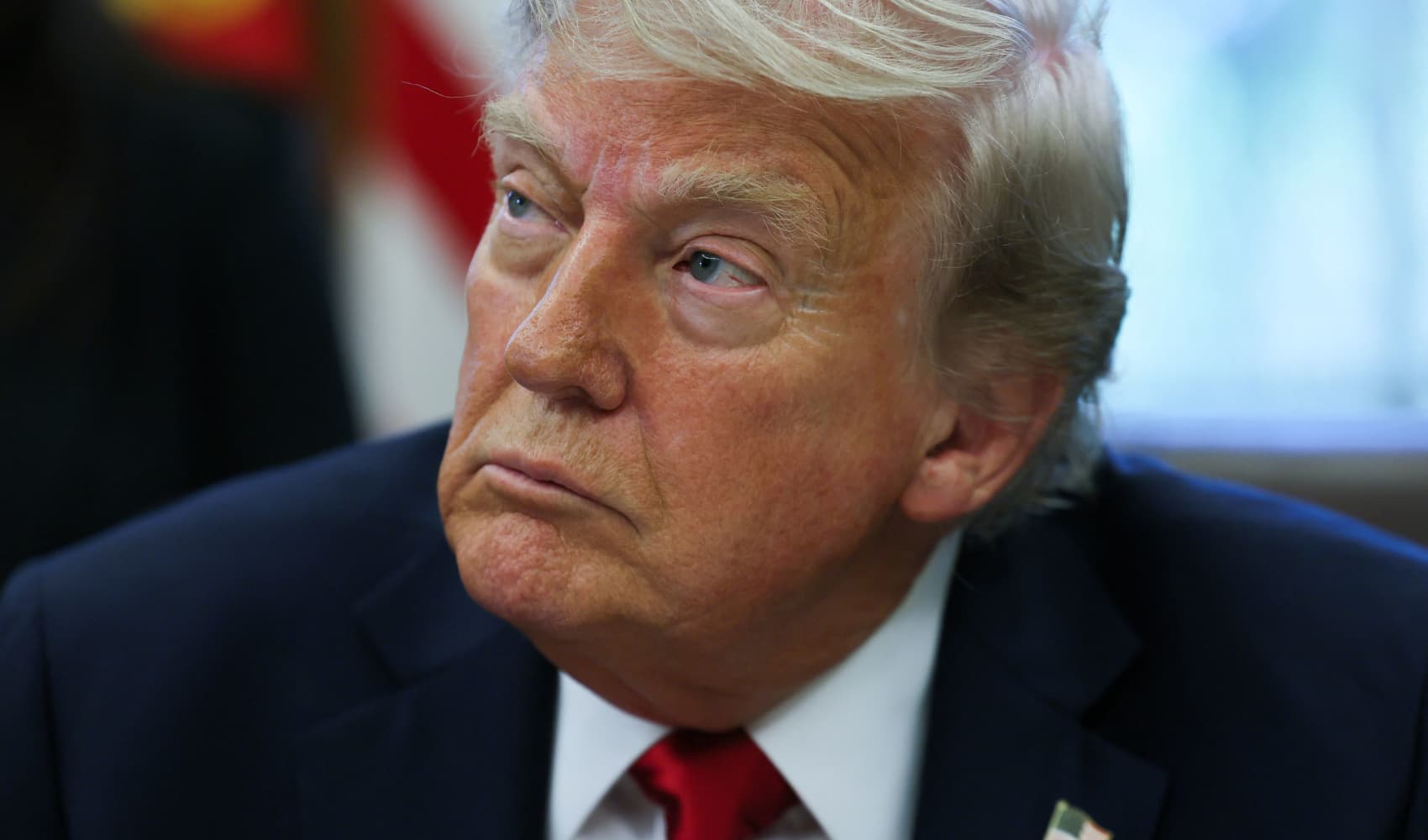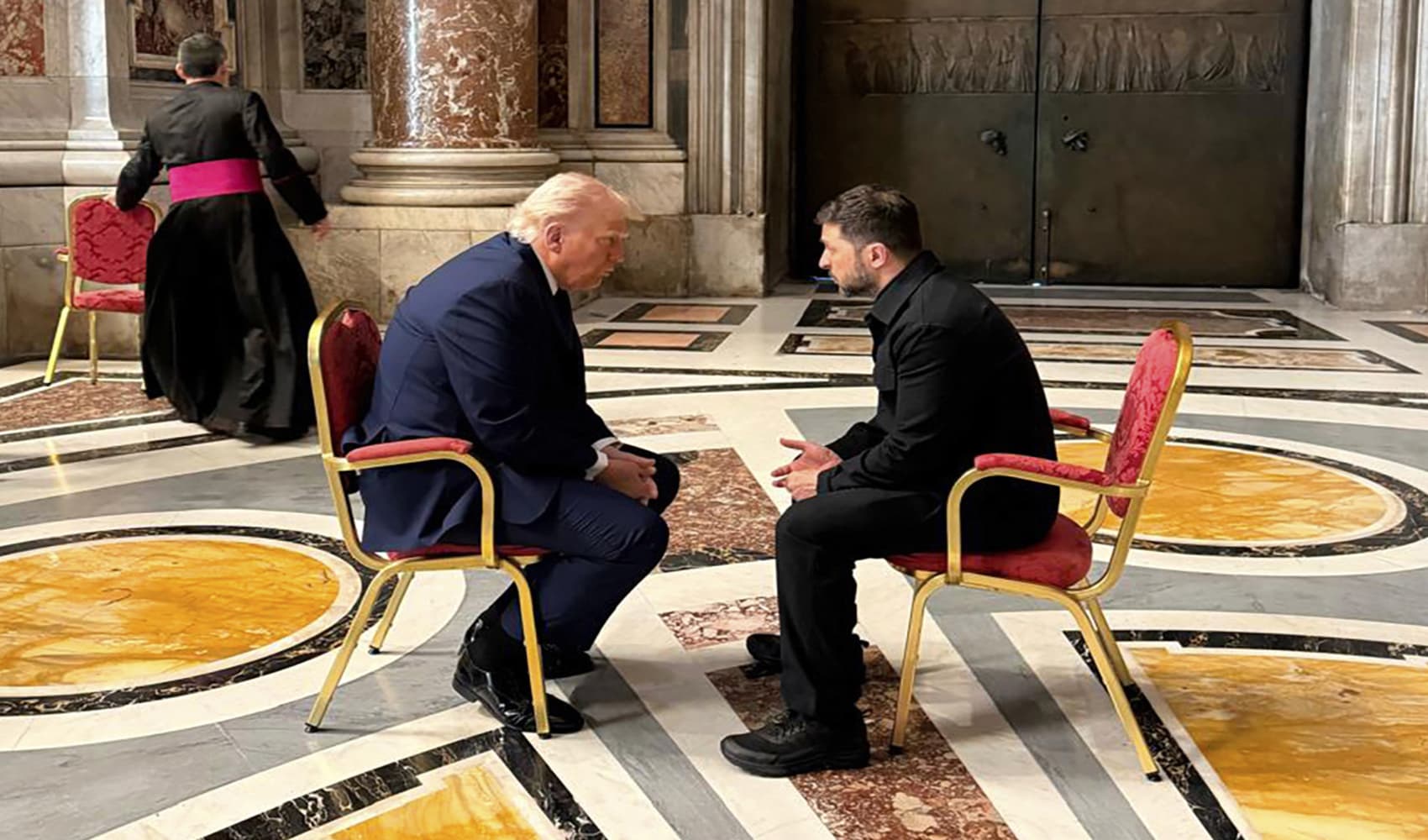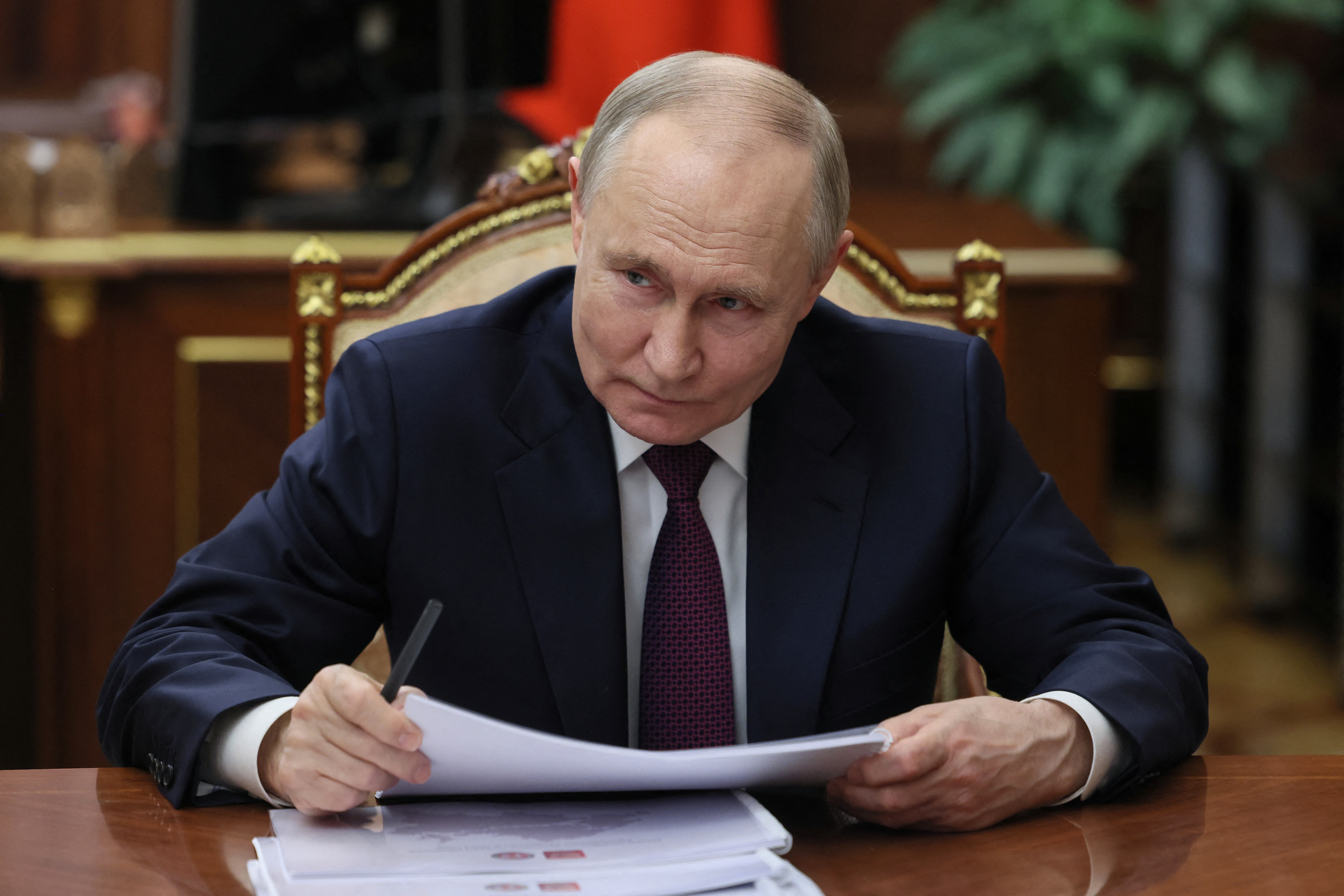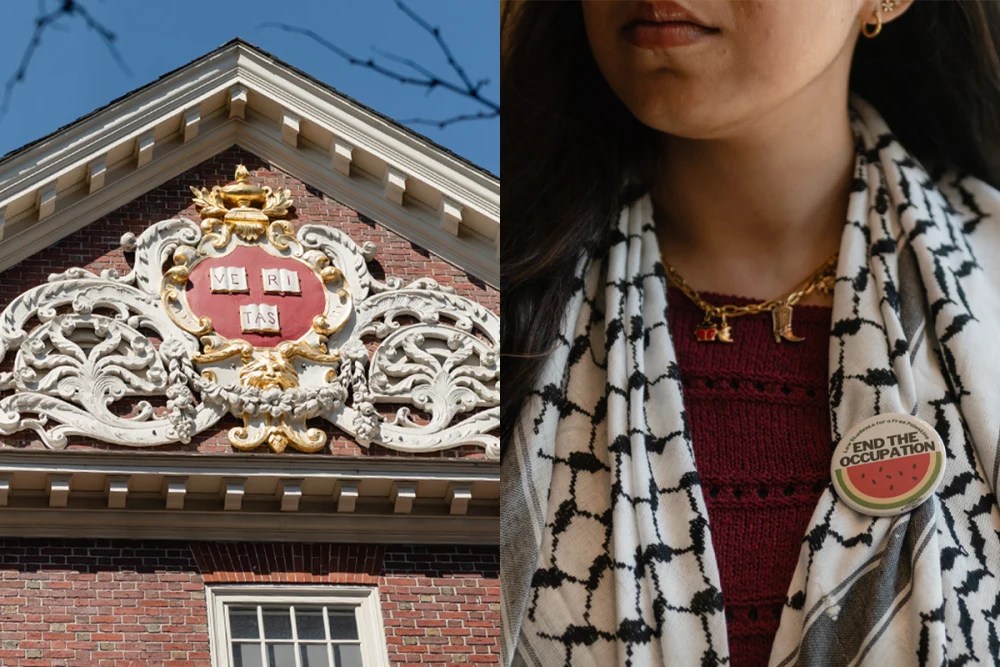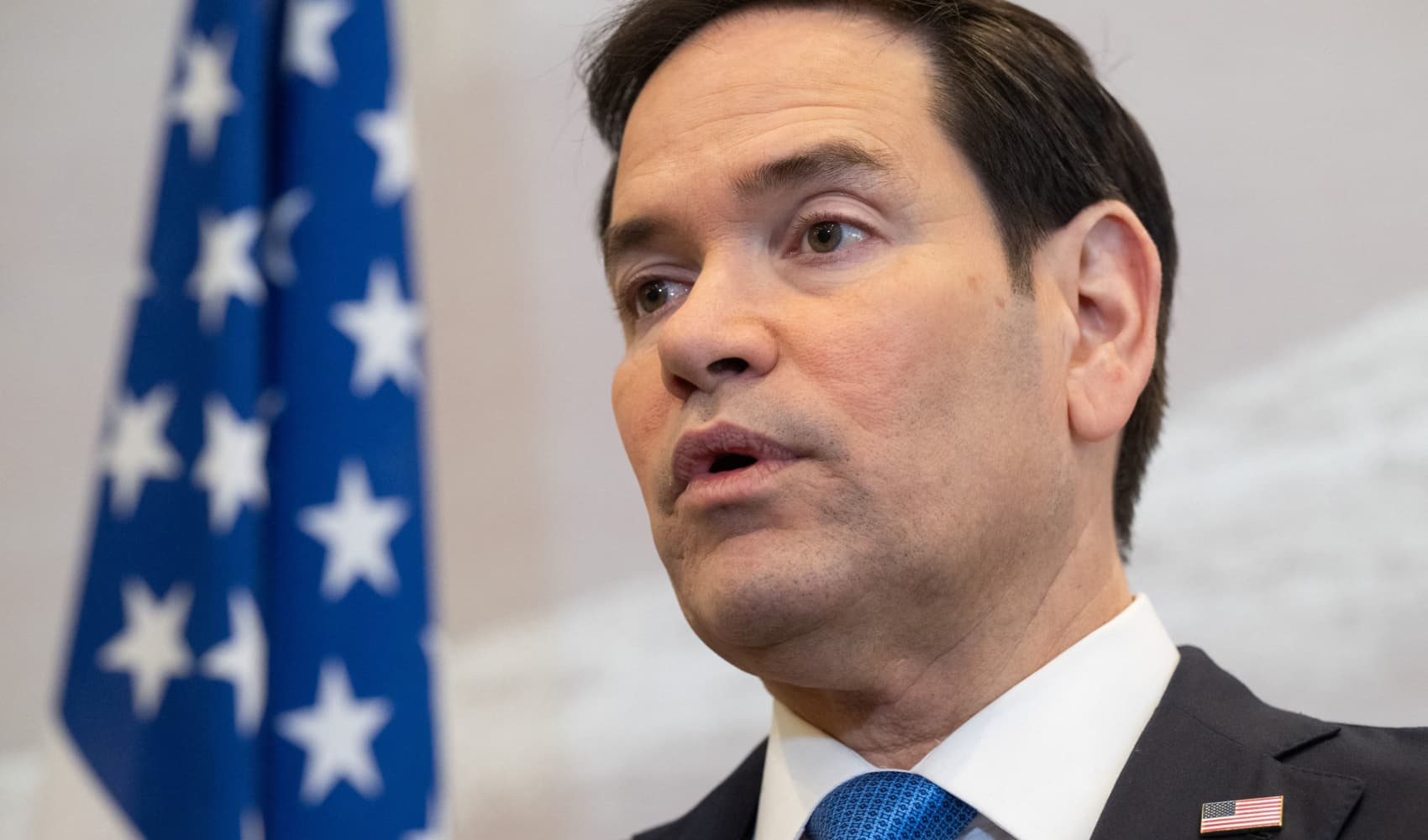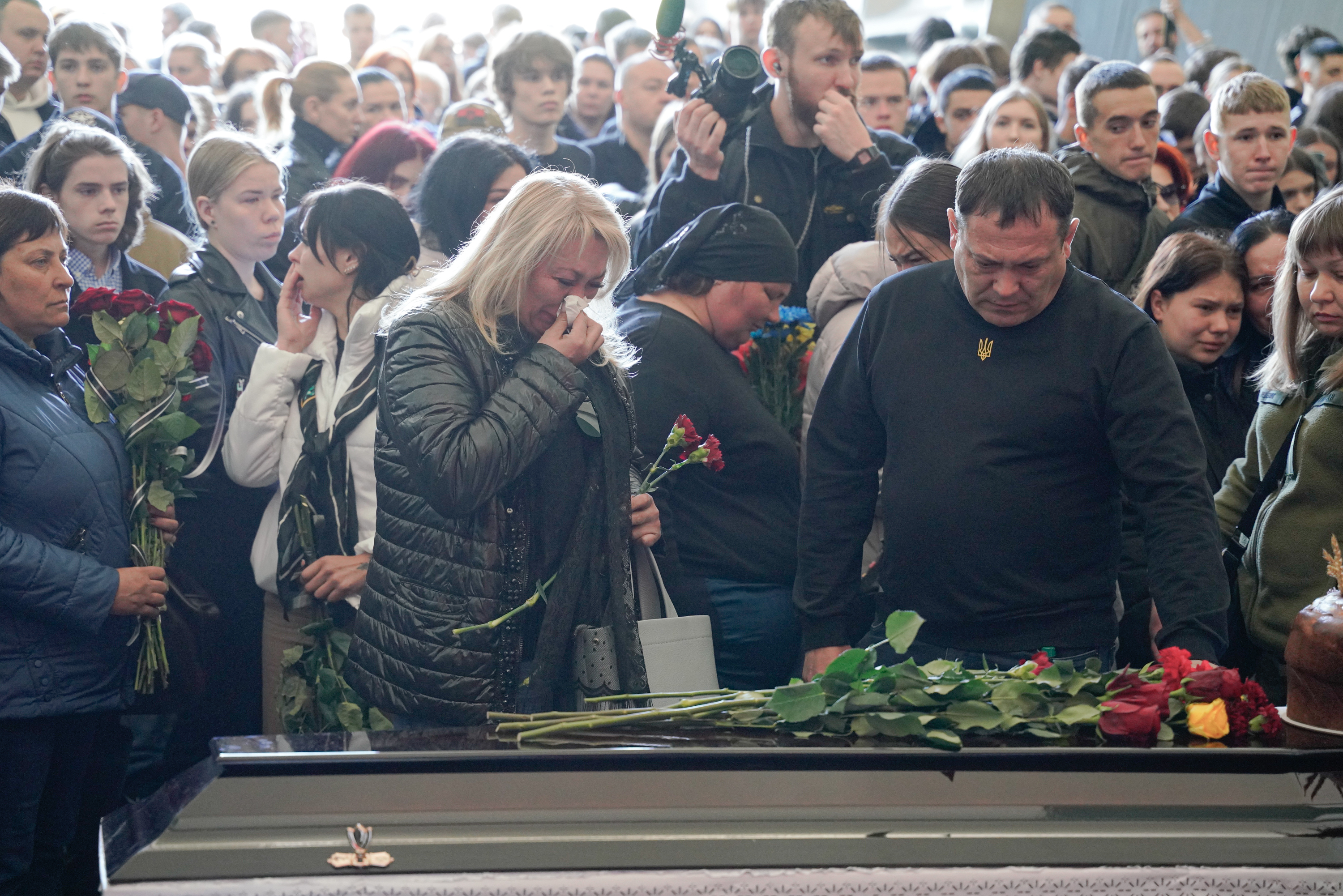Sanctuary City Funding Blocked: What It Means for You!
Trump's Sanctuary City Funding Blocked: Victory for Local Control
Introduction: The Sanctuary City Showdown
Imagine a tug-of-war, but instead of a rope, it's about money and power. That's essentially what was happening between the Trump administration and so-called "sanctuary cities." These cities, which limit their cooperation with federal immigration enforcement, became a target when the administration threatened to cut off their federal funding. Well, folks, the rope just snapped! A federal judge has stepped in, and the ruling has sent shockwaves through the political landscape. This decision effectively bars the Trump administration from withholding federal funds from these jurisdictions. Let's delve into what happened, why it matters, and what it could mean for the future.
Understanding the Ruling: Judge Orrick's Stance
U.S. District Judge William Orrick in California issued a preliminary injunction on Thursday, siding with San Francisco and over a dozen other municipalities. He declared that portions of President Trump's executive orders targeting sanctuary cities were unconstitutional. This wasn’t just a slap on the wrist; it was a clear message that the administration’s actions went too far.
The Core of the Injunction
Judge Orrick made it crystal clear: the defendants are prohibited "from directly or indirectly taking any action to withhold, freeze, or condition federal funds." This means the administration can’t use financial pressure to force cities to comply with federal immigration policies. Furthermore, he ordered that all federal departments and agencies be notified of his order by Monday. Talk about a quick turnaround!
What Are Sanctuary Cities, Anyway?
Let’s clarify what we mean by “sanctuary city.” It's not a legally defined term, but it generally refers to jurisdictions that have policies or practices in place that limit their cooperation with federal immigration enforcement. Think of it like a local government drawing a line in the sand, saying, "We will focus on local law enforcement and not act as an arm of federal immigration agencies."
Why Do Cities Adopt Sanctuary Policies?
The reasons are varied. Some cities believe that these policies foster trust between law enforcement and immigrant communities, making it easier to solve crimes. Others have humanitarian concerns, arguing that everyone, regardless of immigration status, deserves to be treated with dignity and respect. It’s a complex issue with deeply held beliefs on both sides.
The Trump Administration's Response: A Clash of Ideologies
The Trump administration argued that sanctuary cities were endangering public safety by harboring criminals. They contended that the federal government has the right to enforce immigration laws and that cities should cooperate. The threat of withholding federal funding was seen as a way to incentivize compliance.
Executive Orders and the Power of the Purse
The core of the controversy stemmed from President Trump’s executive orders that sought to punish sanctuary cities. These orders aimed to use the "power of the purse" – the government's ability to control spending – to coerce cities into changing their policies. However, Judge Orrick's ruling challenged the legality of these actions.
The Constitutionality Question: States' Rights vs. Federal Power
At the heart of this legal battle lies the question of federalism: the balance of power between the federal government and state and local governments. Does the federal government have the right to commandeer local resources to enforce federal laws? The Tenth Amendment to the Constitution reserves powers not delegated to the federal government to the states and the people.
Commandeering and Coercion
Critics of the Trump administration's actions argued that they amounted to "commandeering" – forcing states or cities to enforce federal laws, which the Supreme Court has generally frowned upon. Others argued that the threat of withholding funding was coercive, effectively forcing cities to choose between their principles and their financial well-being.
The Impact on Cities: More Than Just Money
For sanctuary cities, this ruling is a significant victory. It protects them from potentially devastating budget cuts. But it's about more than just money. It's about the ability of local communities to set their own priorities and policies.
Fostering Trust and Community Safety
Advocates for sanctuary policies argue that they enhance public safety by building trust between law enforcement and immigrant communities. When immigrants feel safe reporting crimes and cooperating with police, it makes everyone safer. The chilling effect of federal immigration enforcement can undermine this trust.
The National Implications: A Precedent-Setting Case
This case has implications far beyond California. It sets a precedent for how the federal government can interact with state and local governments on immigration issues. It raises questions about the limits of executive power and the importance of protecting states' rights.
A Test for Future Administrations
Regardless of who occupies the White House in the future, this ruling will serve as a reminder of the constraints on federal power. It will likely shape the debate on immigration and the relationship between the federal government and local communities for years to come.
The Legal Challenges Ahead: This Isn't Over Yet!
Don't think this is the end of the story. The Trump administration appealed the ruling, and the legal battle is likely to continue. The case could eventually make its way to the Supreme Court.
The Supreme Court's Role
If the Supreme Court takes up the case, it will have the final say on the constitutionality of the administration's actions. The Court's decision could have a profound impact on the balance of power between the federal government and state and local governments.
Beyond the Legalities: A Moral Debate
This issue goes beyond legal technicalities. It raises fundamental questions about our values as a nation. How do we balance national security with the rights of individuals and communities? What is our responsibility to immigrants and refugees? These are questions that we, as a society, must grapple with.
The Human Cost
Behind the legal arguments and political rhetoric, there are real people whose lives are affected by these policies. Immigrants who fear deportation, families who are separated, and communities that are torn apart. It’s important to remember the human cost of this debate.
The Future of Sanctuary Cities: A Shifting Landscape
The landscape of sanctuary cities is constantly evolving. As demographics change and political priorities shift, cities are likely to continue to grapple with these issues. The legal challenges will continue, and the debate will remain heated.
A Call for Dialogue and Understanding
Ultimately, finding a solution that works for everyone will require dialogue, understanding, and a willingness to compromise. We need to move beyond the political rhetoric and focus on finding common ground.
Conclusion: Key Takeaways
So, what have we learned? This ruling is a victory for sanctuary cities, protecting them from the threat of federal funding cuts. It reinforces the importance of states’ rights and the limits of executive power. The legal battle is far from over, and the Supreme Court could ultimately decide the fate of these policies. But one thing is clear: the debate over immigration and the role of sanctuary cities is here to stay. This case serves as a critical reminder of the ongoing tension between federal authority and local autonomy, and it highlights the deep-seated moral and political divisions that shape our nation's approach to immigration.
Frequently Asked Questions
Here are some frequently asked questions about the sanctuary city issue and the recent ruling:
- What exactly does this ruling mean for sanctuary cities?
This ruling prevents the federal government from withholding, freezing, or conditioning federal funds to sanctuary jurisdictions. It essentially provides a legal shield against financial pressure to force compliance with federal immigration policies. - Does this ruling mean sanctuary cities are now completely immune from federal law enforcement?
No. Federal law enforcement agencies can still operate within sanctuary cities. The ruling simply limits the federal government's ability to punish these cities financially for limiting cooperation with immigration enforcement. - Will the Trump administration appeal this decision?
Yes, the Trump administration appealed the ruling. The case will likely continue to move through the court system. - How many sanctuary cities are there in the United States?
The exact number is difficult to determine, as the term "sanctuary city" is not legally defined. However, there are hundreds of jurisdictions across the country with policies that limit cooperation with federal immigration enforcement. - What are the potential long-term consequences of this legal battle?
The long-term consequences are significant. This case could reshape the relationship between the federal government and state and local governments on immigration issues, impacting everything from law enforcement to public safety to community relations. The outcome could also influence future administrations' approaches to immigration policy.
